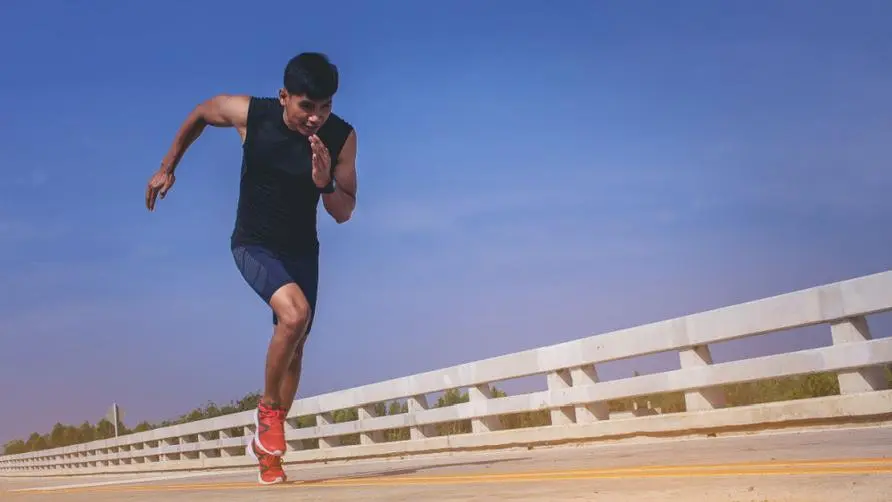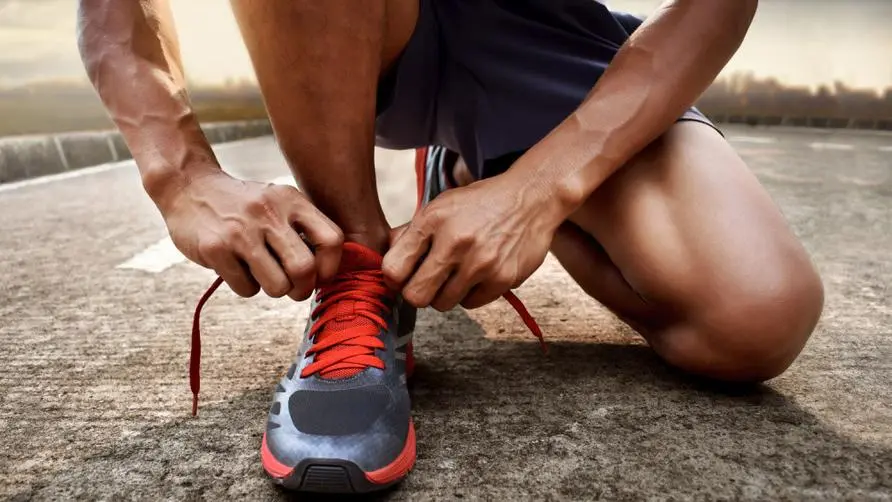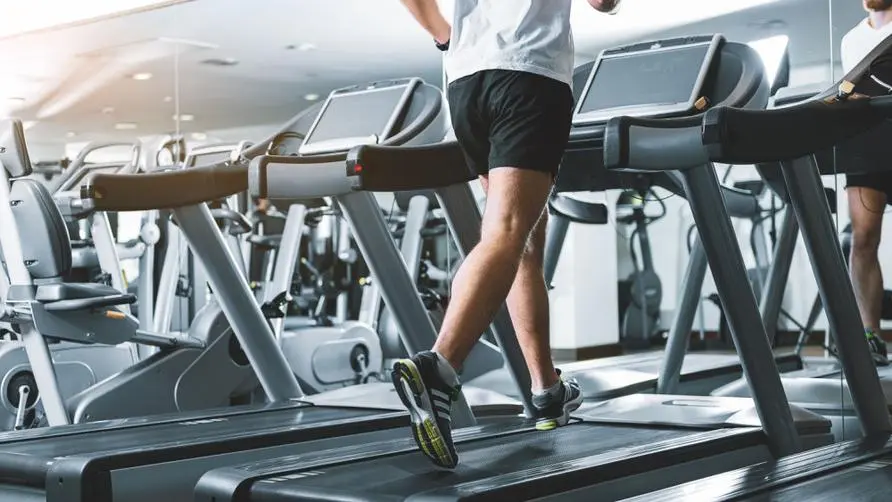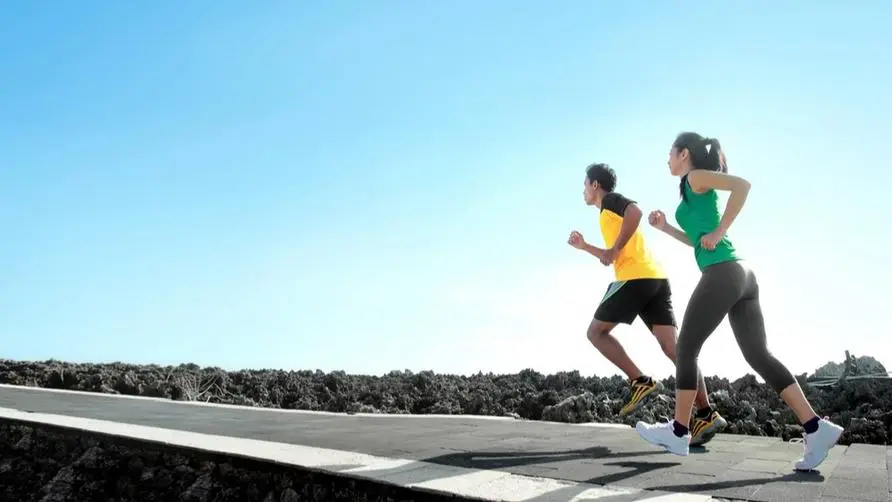Is knee pain after running related to "core muscles"? Is running with a knife wrong? Doctors debunk running injury myths
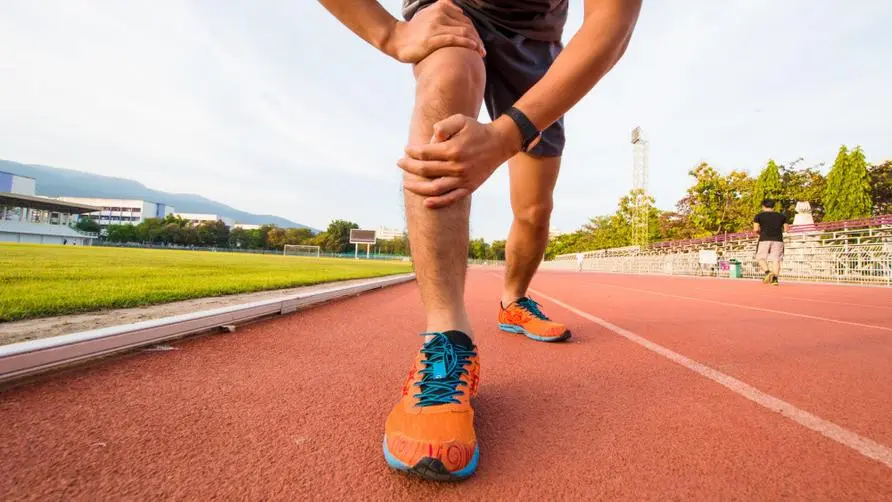
healthorn expert Q&A
Q: Why is it recommended to take glucosamine if you often run or climb mountains?
A: Whether it is lower limb training, or daily climbing, brisk walking or power walking, it will put a burden on the knees, ankles and hip joints. The more frequently a joint is used, the more adequate care its soft tissues require. In particular, it is important to strengthen surrounding muscles, restore tissue elasticity, and maintain the joint environment.
Inflammation, degeneration, and wear and tear are situations that almost everyone will encounter. Especially those who like road running or cycling should pay attention to the fact that maintenance is a daily lifestyle habit that must be developed. Use glucosamine gel containing GAG to rub directly on the required area. The effective cooling ingredients can provide relief similar to ice compress, but it is not recommended to be so cool that it stings or makes you feel uncomfortable. For skin care gels, remember to test whether they really feel before and after use, and whether they help improve efficiency and recovery speed.
The cause of “knee pain” after running is actually related to core deficiency?
Road running is becoming more and more popular, but many people feel knee pain after running. This may be caused by excessive running. Dr. Zhou Shiwei, vice president of the Taiwan Rehabilitation Medicine Association, said in an interview with “healthorn” that in addition to obvious trauma such as falls and bruises, if knee pain occurs after running, it is necessary to consider whether the amount of exercise exceeds the load on the knee. In addition, fewer people have noticed the impact of poor “core muscles” on sports performance, which may also be the hidden cause of overloading the knees.
Dr. Zhou Shiwei pointed out that from the diaphragm to the pelvic floor, they all belong to the “core” muscle group. Core muscle strength or ability will affect exercise performance. A relative deficiency of the core will not only affect exercise performance, but also increase the exercise load on the limbs, and even cause injuries. When athletic ability needs to be improved or is significantly reduced, if there are no obvious external injuries or other factors, it is often the core muscle group that is insufficient, which in turn causes an increase in the burden on the knees. In particular, the core waist muscle group and hip muscle group lack strength or are unstable, which may cause May indirectly cause knee pain after exercise.
Dr. Zhou Shiwei said that timely warming up, doing exercises, and stretching before and after exercise can indeed reduce the occurrence of sports injuries. However, in view of the gradual popularization of sports science knowledge, most Taiwanese people know the importance of warming up, doing exercises, and stretching. , on the contrary, “core deficiencies” receive less attention. In addition to targeting pain symptoms, appropriate core strength training will be arranged during treatment to strengthen the load-bearing capacity of the lower limbs and reduce the risk of re-injury.
Can you run faster in carbon plate running shoes? Are you more likely to get injured if you sacrifice your cushioning function?
In addition to the popularization of sports knowledge, the advancement of running shoe technology is also the key to promoting popular sports. Dr. Zhou Shiwei pointed out that the design of sports shoes has developed rapidly in the past three decades, but the proportion of sports injuries caused by running has not dropped significantly. New technologies help the human body run faster, jump higher, and improve sports performance. At the same time, sports safety has not been relatively improved.
For example, the currently widely discussed “carbon plate running shoes” seem to make runners run faster, but some studies have shown that they increase the risk of scaphoid fractures and knee joint fractures. Dr. Zhou Shiwei said that the human foot has two major functions. One is to buffer the reaction force when it touches the ground, and the other is to push the body forward. Carbon plate running shoes use foam materials and carbon fiber plates to help strengthen the rebound force. Compared with kicking speed, it improves toughness but also reduces the cushioning function of the foot.
Dr. Zhou Shiwei reminds that when choosing running shoes, you should pay attention to the width of the last to reduce toe impact and kicking injuries. The heel should be covering to protect the heel when it strikes the ground. There should be appropriate arch support in the middle to enhance the cushioning function. Usually the heels of jogging shoes adopt an abducted triangular design, which is actually to increase heel stability and reduce the risk of ankle sprains. By following the above principles when choosing jogging shoes, you can basically provide adequate protection for your feet.
Doesn’t running with a knife help increase speed? Does upper body rhythm affect running efficiency?
The structure and function of the human body are closely linked. Dr. Zhou Shiwei said that from the diaphragm to the pelvic floor, the upper and lower, front and back, and left and right areas are the core areas that need to be strengthened. Going up will connect the stability of the thoracic and cervical spine, and going down will affect the lower limbs and Knee load. Similarly, when the human body is running, the upper body will also affect the lower body. In particular, the swing of the hands will produce a moment that balances the lower body, making the running more efficient and the rhythm smoother.
Dr. Zhou Shiwei reminded that running, like walking, is a built-in program in the human body and can be learned naturally. With the development of sports science, it is gradually proven that the swing of the upper limbs and core muscles affect running efficiency. There is also evidence that " Running in the “Hand Knife” posture will not increase your speed, but will increase your energy consumption. It is recommended that Taiwanese run in a natural posture, pay attention to core training and choose suitable sports shoes to achieve good training results, and then accept advanced training and posture adjustments as appropriate to improve running performance.
Further reading:


